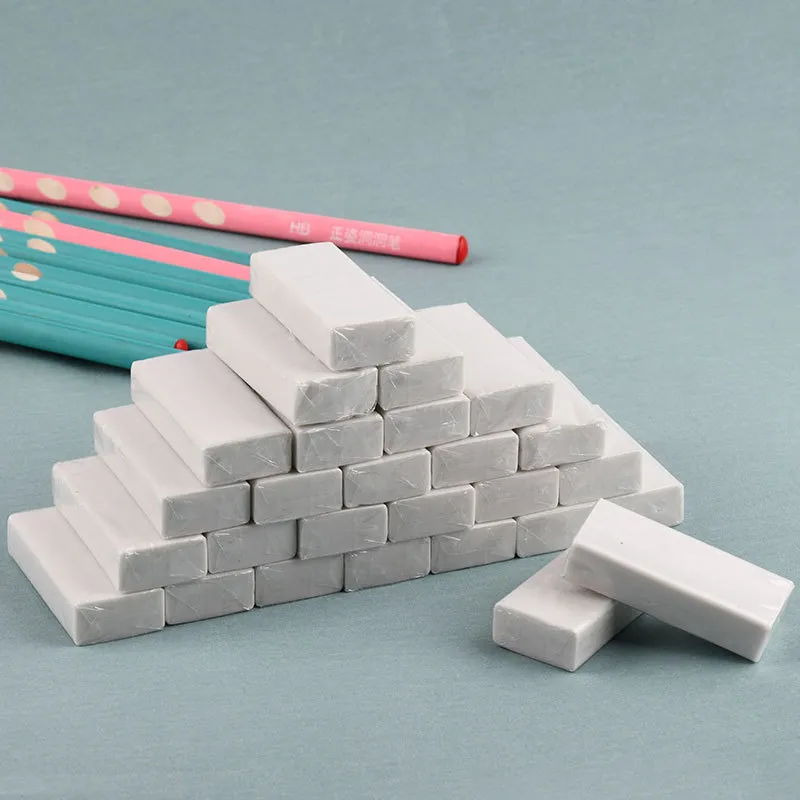Erasers are a common tool used to remove pencil marks from paper or other surfaces. While many people believe that erasers are made of gum, this is not entirely accurate. In fact, there are several different materials that can be used to make erasers, including synthetic rubber, vinyl, plastic, and gum-like materials.
One of the most common materials used to make erasers is synthetic rubber. These erasers are often less expensive and are made from a blend of synthetic materials, such as styrene-butadiene rubber. Synthetic rubber erasers are soft and pliable, making them ideal for erasing pencil marks on paper.
Another material that can be used to make erasers is vinyl or plastic. These erasers are often more expensive or specialized and are designed to work well on specific surfaces, such as canvas or cardboard. Vinyl or plastic erasers are durable and can withstand heavy erasing without wearing down.
Gum-like materials are also used to make erasers, particularly for erasing delicate surfaces such as tracing paper or thin paper. Gum erasers are soft and pliable, making them gentle on the paper and ideal for erasing small areas.
Despite the common misconception that erasers are made of gum, it is clear that there are several different materials that can be used to make erasers. The choice of material depends on the specific needs of the user, such as the type of writing instrument being used, the surface being erased, and the amount of erasing required.
While gum-like materials are used to make some erasers, they are not the only material used. Synthetic rubber, vinyl, plastic, and gum-like materials are all commonly used to make erasers, each with its own unique qualities and benefits. When choosing an eraser, it is important to consider the specific needs of the task and select the right eraser for the job. Whether you choose a less expensive rubber eraser or a more specialized vinyl or plastic eraser, having the right tool can make erasing a breeze.

TradeManager
Skype
VKontakte

